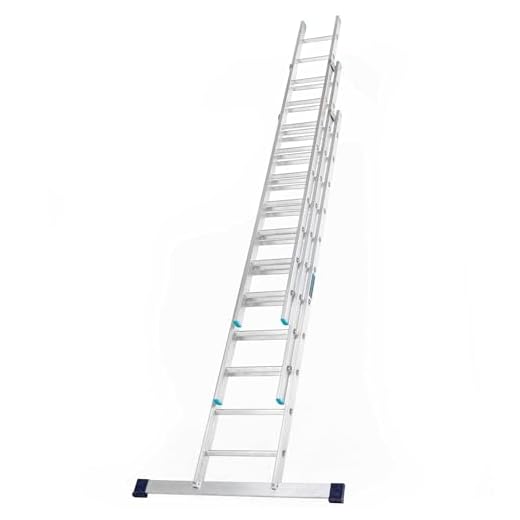



Absolutely, a high-pressure cleaner can be an effective solution for clearing out debris from gutters. While this approach saves time and effort compared to traditional methods, ensuring safety and proper technique is paramount. Position the nozzle at a distance to prevent any potential damage while allowing water to push loose dirt and leaves out of the channels.
Before diving into the cleaning process, take necessary precautions. Secure yourself with a sturdy ladder and consider using a safety harness to mitigate risks. Understanding the type of nozzle is also crucial; a wide-angle fan tip can disperse water without excessive force, allowing for thorough rinsing without risking gutter damage.
Performing this task on a cloudy day or when the sun isn’t directly overhead is advisable, as this prevents the water from evaporating too quickly. Once the debris is dislodged, a bit of manual effort combined with the power of water should clear most blockages effectively. Regular maintenance with such equipment can significantly extend the life of your gutter system.
Understanding the Basics of Pressure Washing for Gutter Cleaning
To effectively remove debris and dirt from drainage systems, choosing the right equipment is crucial. A high-pressure cleaning device allows targeted water flow to dislodge accumulated waste. Aim for a model that offers adjustable pressure settings; a lower pressure is preferable for delicate surfaces, while a stronger stream clears away tougher blockages.
Key Features to Consider
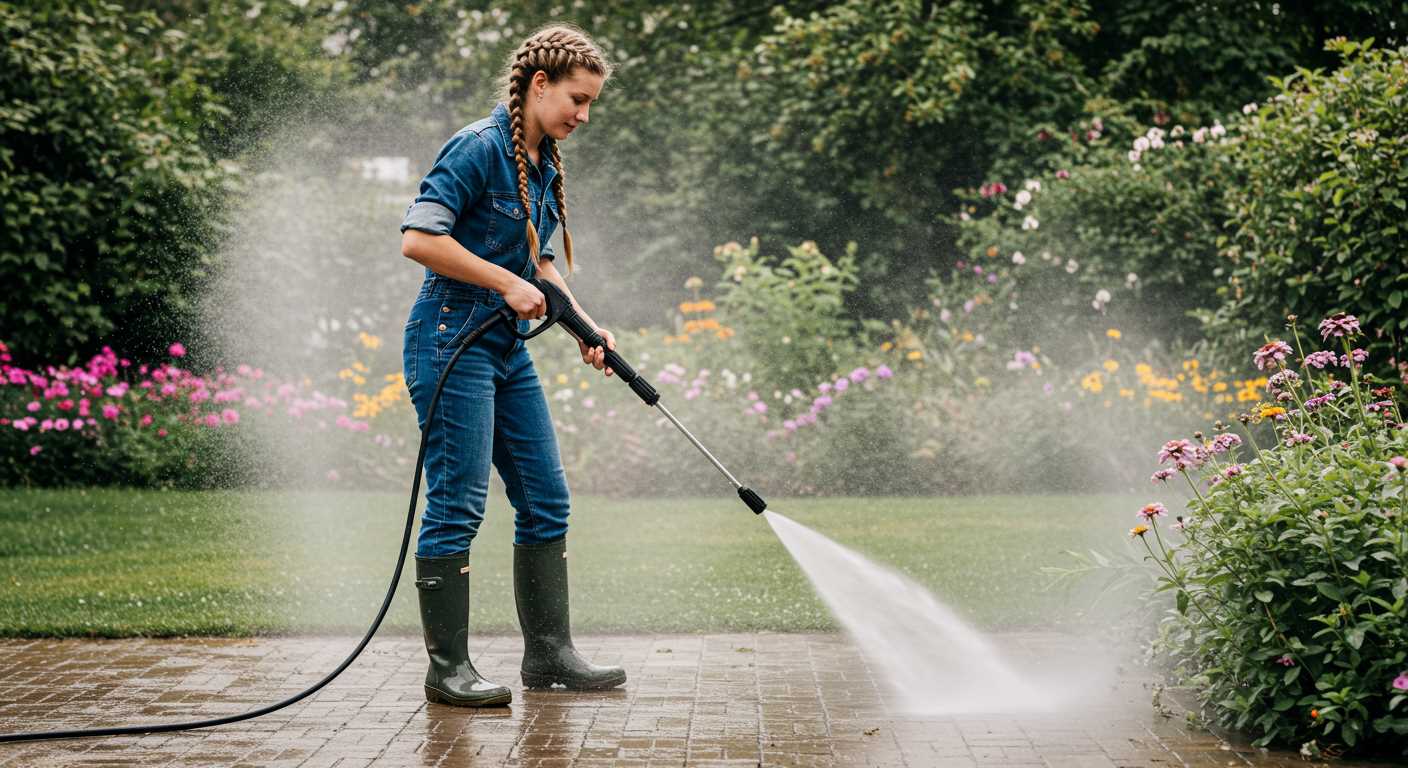
Look for a nozzle designed for pinpoint accuracy, which will enable you to direct the water exactly where needed. A 25-degree or rotating nozzle can be highly effective in dislodging stubborn grime while minimising the risk of damage. Additionally, a long extension wand helps reach elevated areas without the need for ladders, enhancing safety during the task.
Safety Precautions
Always wear protective gear, including goggles and gloves, to shield against falling debris or splashes. Check surrounding areas for any obstacles or fragile elements that may be affected by powerful jets. Familiarisation with the equipment’s operation manual will ensure proper handling and prevent accidents.
Regular maintenance of the equipment will prolong its lifespan and maintain performance. After each use, clear the nozzles and hoses to avoid clogs and buildup.
What equipment do you need for pressure washing gutters?
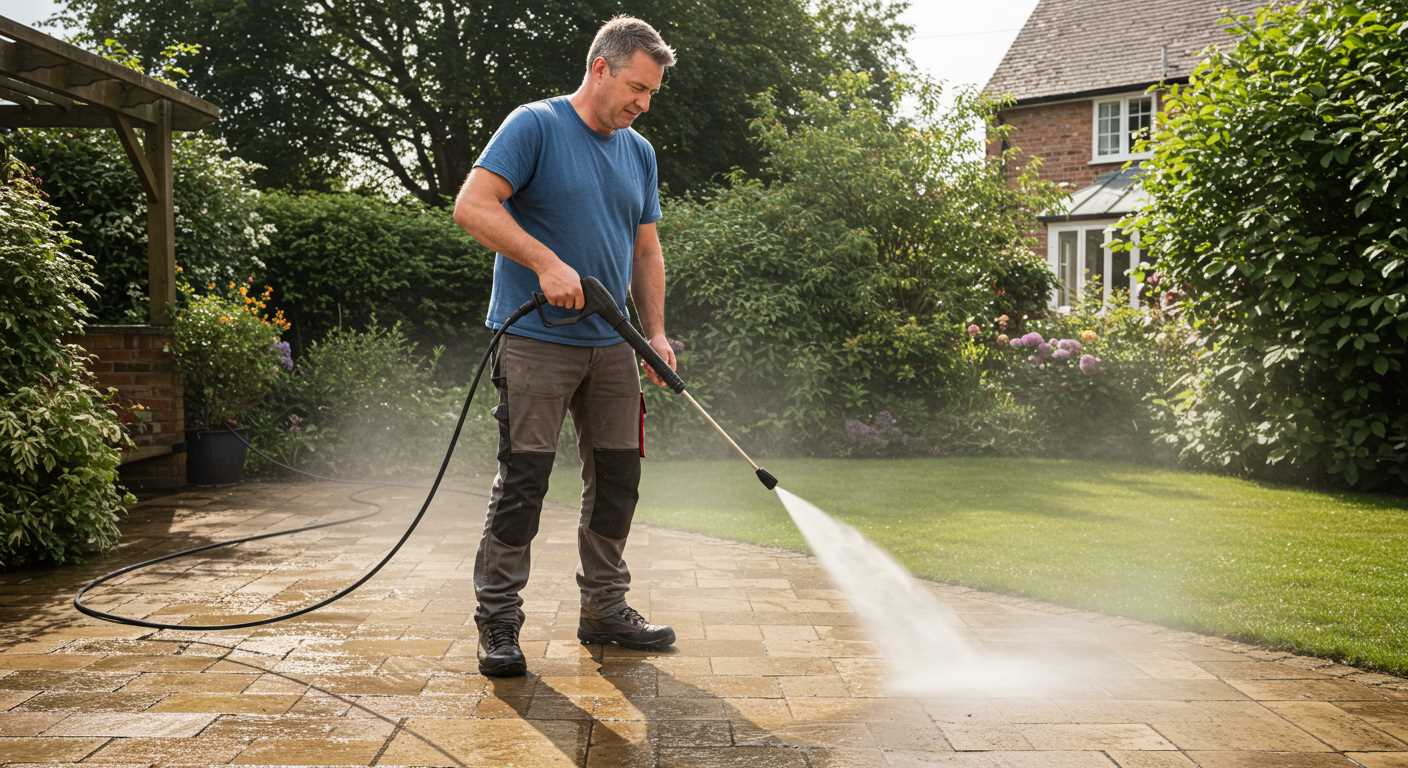
To tackle the task of removing dirt and debris from roofing troughs, specific tools are necessary for a successful operation. Below is a precise list of required items:
1. High-Pressure Cleaning Unit
- Opt for a machine with a minimum pressure of 2000 PSI and flow rate of 2.5 GPM for optimal results.
- Choose between electric or petrol models based on your preference and accessibility.
2. Gutter Cleaning Attachment
- A specially designed nozzle enhances control and directs water into the troughs.
- Consider purchasing an extension wand to reach elevated sections without the need for ladders.
3. Personal Protective Equipment (PPE)
- Safety goggles protect eyes from debris.
- Gloves prevent skin irritation from direct contact with water and potential contaminants.
- Non-slip footwear ensures stability on ladders and rooftops.
4. Ladder
- Choose a sturdy, extendable ladder that can reach the required height safely.
- Ensure the ladder has an appropriate weight capacity and stability for your body weight.
5. Optional Cleaning Solutions
- Consider eco-friendly detergents if stubborn stains are present.
- Use a dedicated cleaning agent for maximum efficiency if necessary.
By gathering this equipment, the task of maintaining proper drainage and preventing water damage becomes more manageable and effective. Proper preparation is the key to success in this undertaking.
Tips for safely operating a pressure washer on gutters
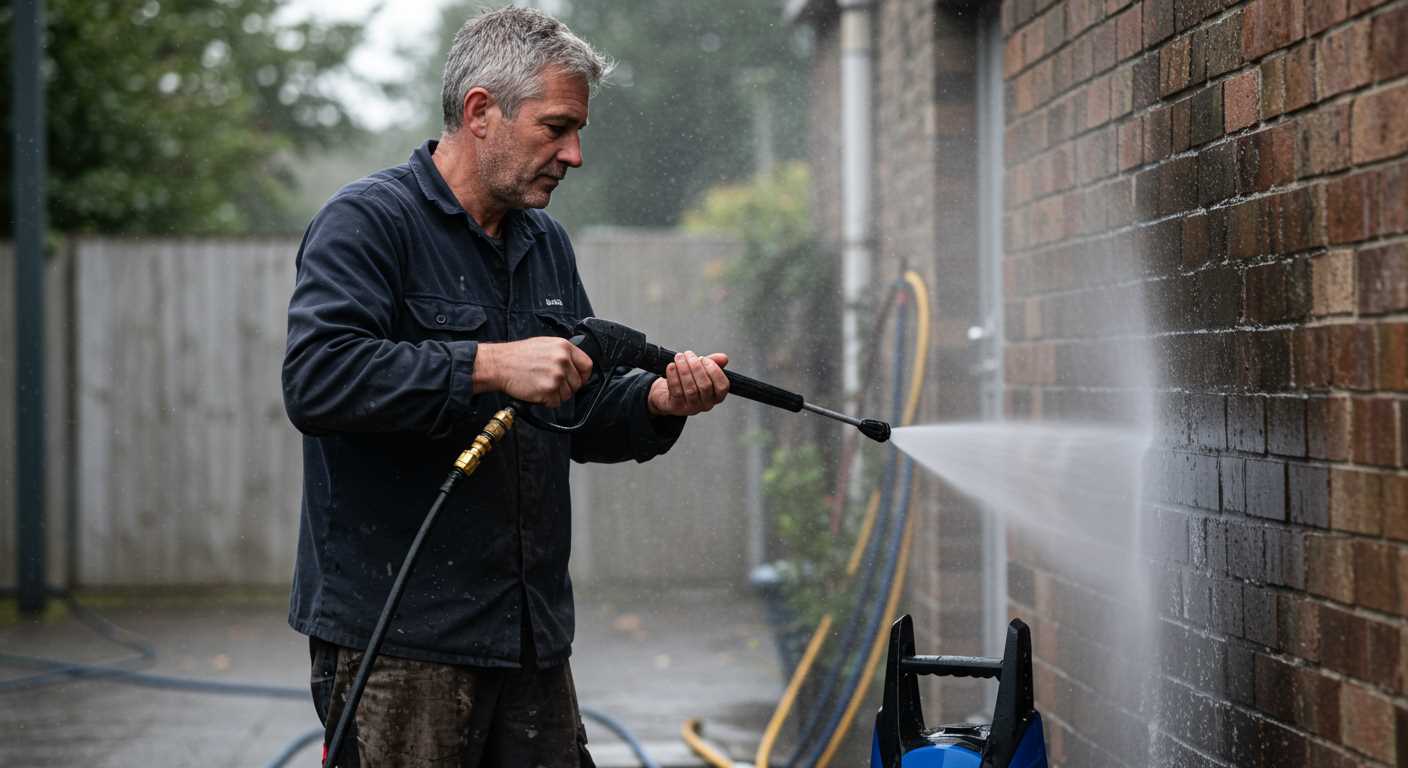
Ensure the equipment is suited for elevated tasks. A model with adjustable PSI settings provides versatility and control when targeting debris in troughs.
Utilise a ladder stabiliser to enhance safety. This accessory secures the ladder in place, preventing any unwanted movement while working at heights.
Always wear protective gear. Safety goggles shield eyes from splashes, while gloves provide grip and protect skin from high-pressure water and chemicals.
Test the stream at ground level before directing it upwards. This practice helps gauge the force, allowing adjustment to avoid damaging roofing materials or the drainage system.
Maintain a distance of at least 3 feet from the surface to prevent any impact damage. Gradually decrease the distance as required for stubborn stains without compromising integrity.
Keep the nozzle clean and free from blockages. Regular inspections ensure optimal performance and reduce the risk of accidents due to unexpected spray patterns.
Consider using biodegradable detergents designed for outdoor surfaces. This choice protects nearby flora and environmentally sensitive areas.
Work from the highest section downwards. This method prevents any debris from falling onto already cleaned areas, streamlining the process.
After completing the task, secure equipment properly and store it in a dry location to extend its lifespan and ensure it’s ready for future jobs.
Common mistakes to avoid when using a pressure washer on gutters
Avoiding high settings is crucial; excessive power can damage materials or displace fittings. Always start with the lowest setting and progressively increase as needed.
Positioning matters. Standing too close may lead to concentrated jets hurting the surface, while being too far can leave debris untouched. Maintain an optimal distance to achieve balance.
Neglecting to check for loose components before operation can result in injuries or further damage. Inspect all fittings and ensure everything is securely attached.
Choosing the wrong nozzle can affect outcomes significantly. A wide fan spray is generally more suitable than a narrow jet for washing surfaces safely and effectively.
Another common error is not protecting adjacent areas. Surrounding plants and exterior features can be harmed by strong jets or cleaning solutions; cover them beforehand.
Using inappropriate cleaning agents can damage surfaces or lead to unwanted reactions. Always verify compatibility with the materials being worked on.
Ignoring safety gear is a mistake that can result in injuries. Goggles, gloves, and sturdy footwear should be worn to safeguard against debris and strong liquid spray.
Failing to monitor water flow might cause backups or flooding. Ensure the downspouts are unblocked and water flows freely during the task.
Lastly, rushing through the process can lead to incomplete results. Take your time to inspect and repeat sections as necessary for a thorough clean.
How to prepare your gutters before pressure washing
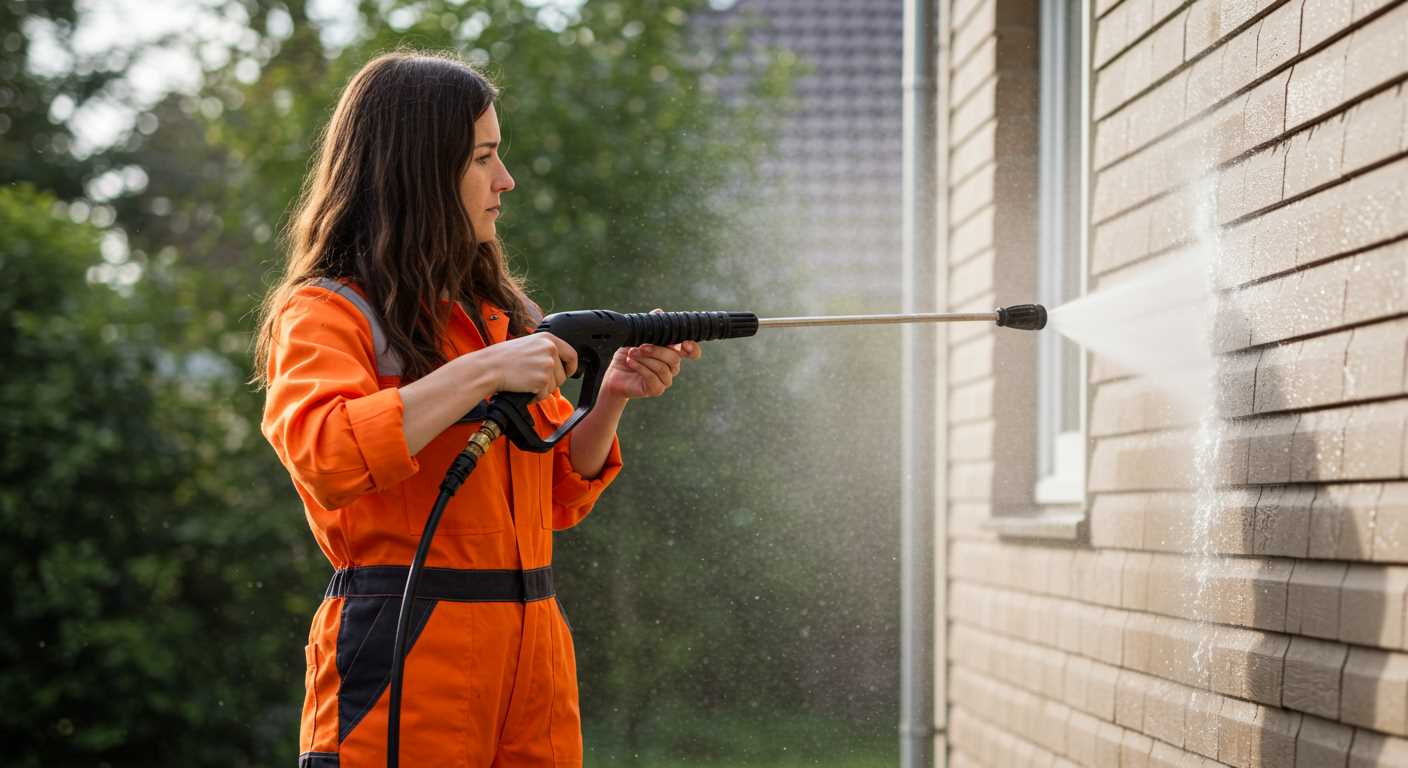
Before tackling the cleaning task, I always recommend clearing debris from the roof and surrounding areas. This step prevents loose materials from being blown into the gutter system during the washing process.
Follow these steps to ensure gutters are prepared adequately:
- Remove leaves, twigs, and other obstructions. Use a scoop or your hands while wearing gloves for safety.
- Check for clogs in downspouts. A plumber’s snake can help remove blockages, ensuring water flows freely.
- Inspect for damage. Look for dents, rust, or loose sections that may need repairs before washing.
- Trim overhanging branches. This reduces the chance of debris falling into the cleaned areas during or after washing.
- Ensure all nearby windows and doors are closed. This prevents water from entering unintended spaces.
- Set up a sturdy ladder. Secure it properly to avoid accidents while accessing high areas.
- Prepare a ground area beneath the work zone. Lay down tarps or cloths to catch any water overspray and debris.
Completing these steps not only enhances safety but also optimises the overall effectiveness of the washing process. With gutters cleared and inspected, transitioning to the main task becomes far more straightforward.
Assessing the condition of your gutters post-cleaning
After the thorough wash of your eaves, the first step is to inspect for any visible damage. Look for cracks, holes, or separated seams. These issues can lead to leaks and require immediate attention.
Signs of Damage
Pay attention to rust spots, especially on metal systems, as they can indicate corrosion. Ensure that all joints are intact and that there are no bends or deformations in the length of the trough. If any sections appear sagging, this may suggest inadequate support or blockage in the downspouts.
Functionality Check
Conduct a water flow test by pouring water into each segment. Observing the water’s path will reveal potential flaws in the drainage system. If water collects rather than flowing freely to the downspouts, this points to further clogs or misalignment of components.
| Condition | What to Look For | Action Needed |
|---|---|---|
| Cracks or Holes | Visible damage or leakage | Seal or replace affected sections |
| Rust | Spots or flaking on metal | Sand and apply rust-resistant paint, or replace |
| Sagging | Uneven alignment or visible dips | Reinforce with brackets or adjust pitch |
| Blocked Downspouts | Water pooling or slow drainage | Clear obstructions and ensure proper flow |
Keep an eye out for these factors regularly, as early detection can prevent more costly repairs and maintain the longevity of your guttering system.
Alternative methods for cleaning gutters if pressure washing isn’t suitable
Consider using a vacuum specifically designed for leaf and debris removal. These machines are powerful and can effectively clear blockages without risking damage to the guttering system.
Another option involves utilising a telescopic pole with a soft brush attachment. This allows for safe and thorough removal of dirt and debris without the need for ladders. Regular brushing helps prevent build-up and maintains functionality.
For those who prefer a more hands-on approach, a simple garden trowel or scoop can do wonders. Manually removing debris is labour-intensive but effective, ensuring that every part of the channel is addressed.
If a chemical solution is acceptable, consider using a biodegradable cleaner that can be sprayed onto the surfaces after the bulk of the debris is removed. This aids in breaking down any remaining grime.
Using a hose with a high-pressure nozzle also provides an alternative method. It allows for rinsing out any residual materials after primary cleaning methods are performed, which can be less intrusive than other options.
Employing a professional service might be prudent if the situation is particularly challenging. Trained experts have access to specialised tools and techniques that ensure comprehensive maintenance without risk to the structural integrity of the property.
When to Consider Hiring a Professional for Gutter Maintenance
Engaging a specialist for gutter upkeep is advisable in several specific scenarios. If a ladder and heights induce anxiety, it’s prudent to seek professional assistance. Safety is paramount, and a certified team possesses the necessary training and equipment to conduct high-altitude tasks without risk.
Further, assess the degree of debris accumulation. If your channels are severely clogged or blocked by heavy materials, such as leaves, mud, or even small branches, an expert equipped with advanced tools can manage these challenges more effectively than a casual DIY approach.
Age and Condition of the Gutters
Inspect the structure of your systems carefully. If they show signs of rust, corrosion, or leaks, calling a professional is wise. An expert can evaluate their integrity and decide if simple cleaning suffices or if repairs are necessary.
Frequency of Maintenance
Consider how often upkeep has occurred. If multiyear gaps between services exist, professional intervention is recommended. Regular cleaning intervals can prevent severe issues, but infrequent maintenance may demand specialised attention to remedy accumulated problems.
Lastly, if time constraints hinder your ability to perform this task adequately, reaching out to a professional ensures your systems remain in optimal condition without compromising your schedule.



